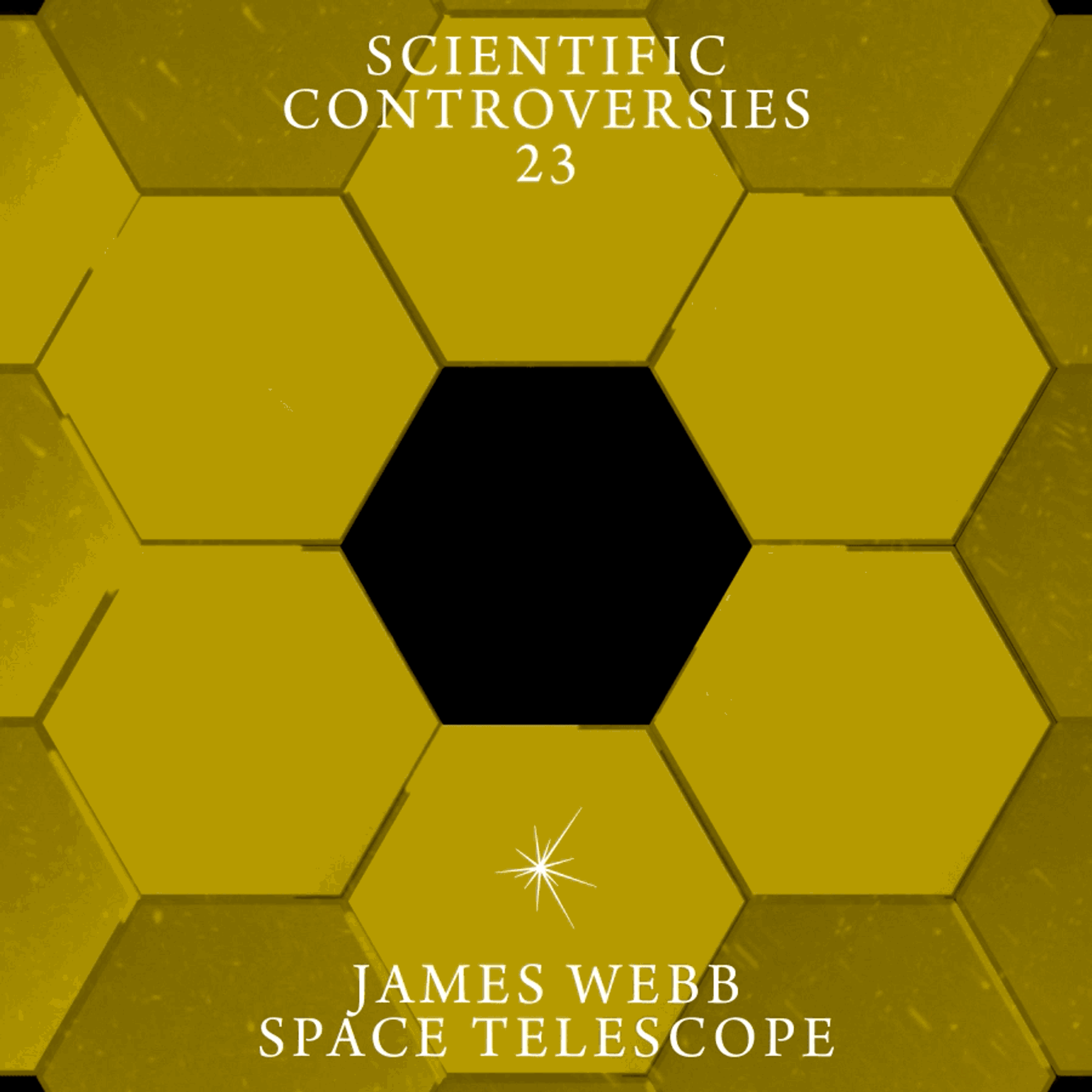
Scientific Controversies No. 23: James Webb Space Telescope
It was only a century ago that Edwin Hubble discovered our Milky Way galaxy is not alone. There are as many galaxies in the observable universe as there are stars in the Milky Way: hundreds of billions, each with hundreds of billions of stars and more planets than stars. The satellite named in his honor returned stunning images that peered deep into space, and into our past. Now we are on the brink of a new era, the next generation, the James Webb Space Telescope.
Humanity had its first glimpse into this new era on July 11th and 12th when Webb’s first scientific images were released. Webb revealed to us the Southern Ring Nebula, a giant star at the end of its life in a glowing shell of hot matter. We witnessed four of the galaxies in Stephan’s Quintet engaged in an astronomically slow collision. We saw unprecedented detail of newborn stars emitting light and immersed in dust in the Carina Nebula. And Webb’s deep field image penetrated through the cosmic space dust that had obscured Hubble’s view to reveal even more galaxies, planets, and stars than previously imagined. This first suite of scientific images hints at a treasure of discoveries to come, discoveries that provoke us to contemplate humanity’s place in a vast and evolving universe.
This new epoch in space exploration was made possible by the stunning engineering achievements of the James Webb Space Telescope. Webb is the most complex telescope ever built and the largest ever to be sent into space. From its 21.3 feet-wide mirror designed to fold into an Ariane 5 rocket and then unfurl and calibrate itself mid-flight, to its 5-layered sunshield the size of a tennis court built to sustain meteor strikes while keeping Webb’s instruments cold and operational, the James Webb Space Telescope is an engineering marvel. Most incredibly, Webb has already overcome 295 single points of failure on its million-mile journey to its destination where it now orbits the sun, readying itself for scientific observation. Unlike the Hubble, which underwent several repairs by astronauts, Webb is too far for human travel, too far to repair in the event any systems fail.
Please join our Director of Sciences, Prof. Janna Levin, as she hosts NASA’s Senior Project Scientist for the James Webb Space Telescope, Nobel Laureate John Mather, and renowned observational astronomer Wendy Freedman to discuss Webb’s very first glimpse of the universe and this new era in astronomy. We are thrilled to welcome our community back into Pioneer Works for this epic iteration of Scientific Controversies.
Join us before and after the conversation for rare grooves from DJ Black Helmet and stargazing with the Amateur Astronomers Association of NY in our garden.
John Mather is a Senior Astrophysicist in the Observational Cosmology Laboratory located at NASA's Goddard Space Flight Center and the Senior Project Scientist on the James Webb Space Telescope. Dr. Mather’s research centers on infrared astronomy and cosmology. As a prize postdoctoral fellow at the Goddard Institute for Space Studies, he led the proposal efforts for the Cosmic Background Explorer (COBE) as well as the Principal Investigator for the Far Infrared Absolute Spectrophotometer on COBE. For his precise measurements of the cosmic microwave background radiation using the COBE satellite, Dr. Mather was co-recipient of the Nobel Prize in Physics in 2006.
Wendy Freedman is a University professor in the Department of Astronomy and Astrophysics at the University of Chicago. She is the chair of the board of directors of the Giant Magellan Telescope project. Previously, she was the Crawford H. Greenewalt Chair and Director of The Observatories of the Carnegie Institution of Washington, as well as a Faculty Member and a Carnegie Fellow at the Observatories. Dr. Freedman was also a Principal Investigator of the Hubble Space Telescope Key Project on the Extragalactic Distance Scale, a project to measure the current expansion rate of the Universe.
Janna Levin is the Pioneer Works Director of Sciences and the editor-in-chief of Pioneer Works Broadcast. She is also the Claire Tow Professor of physics and astronomy at Barnard College of Columbia University. A Guggenheim Fellow, Janna has contributed to an understanding of black holes, the cosmology of extra dimensions, and gravitational waves in the shape of spacetime. She is the presenter of the NOVA feature Black Hole Apocalypse, aired on PBS—the first female presenter for NOVA in 35 years. Janna also won a PEN prize for a first work of fiction. Her latest book is Black Hole Survival Guide.
This event is co-presented with Scientific American.
Scientific Controversies is supported by Science Sandbox, a Simons Foundation initiative dedicated to engaging everyone with the process of science.